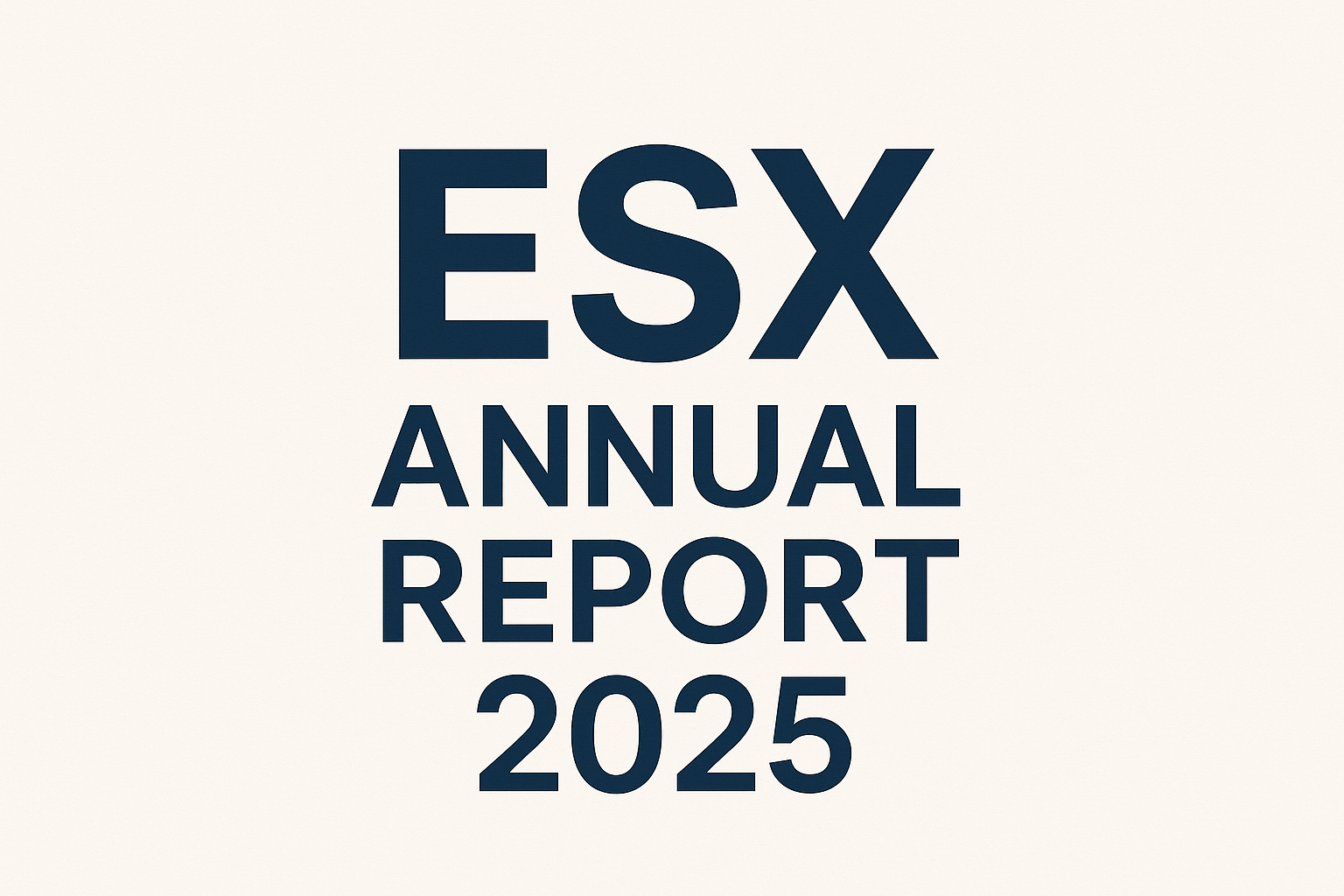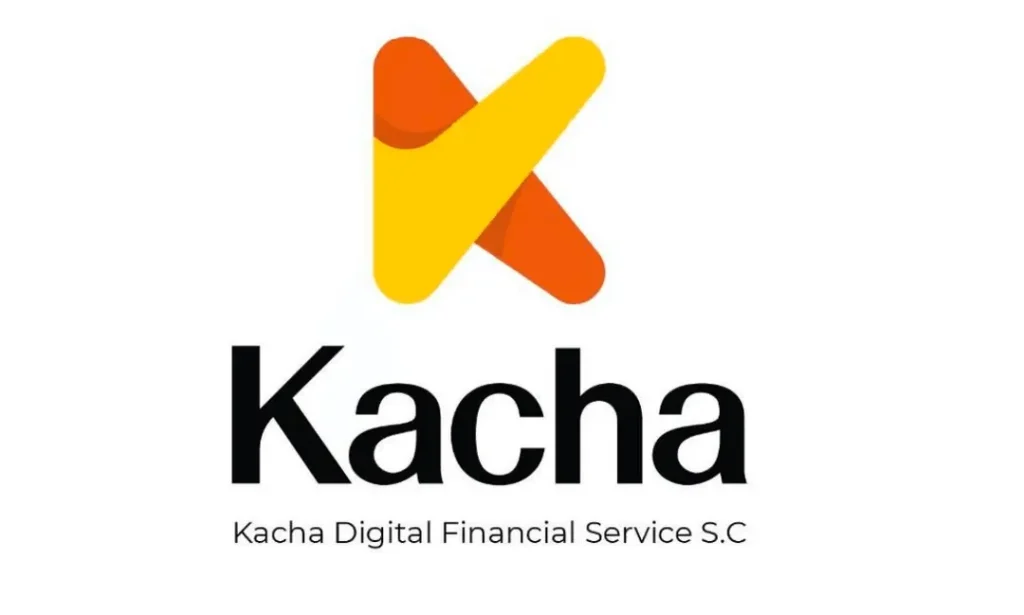Ethiopia’s Debt Challenges: Origins, Crisis, and Outlook
Key Takeaways;
- Key Trend (2010–2024): Ethiopia fueled growth through state‐led projects funded by foreign loans. This lifted investment and growth (often ~8–10% annually), but left the country with a heavy debt burden.
- Debt as a Share of GDP: After peaking around 49% in 2022, public debt was 34.8% of GDP by mid-2024. However, experts warn this drop is mainly due to faster GDP growth and lending freezes, not major repayments.
- Debt Composition: Roughly half of the debt is external (mostly multilateral and bilateral creditors, including China) and half is domestic. Domestic borrowing has surged, pushing short-term Treasury bill yields above 16% as liquidity tightened.

Ethiopia’s debt crisis is the outcome of years of rapid borrowing tied to an ambitious state‐led growth strategy. Since the launch of its first Growth and Transformation Plan (GTP) in 2010, Ethiopia banked on large foreign‐financed infrastructure projects – railways, roads, dams, industrial parks, etc. – as engines of growth. Public and publicly guaranteed debt swelled: by 2017 Ethiopia’s external debt had jumped from $7.8 billion (2010) to $24 billion (40% of GDP), and total (external + domestic) debt reached over 57% of GDP. As late as 2022, debt stood at roughly half of GDP (49%), but by June 2024 it was down to about $71.4 billion (34.8% of GDP). Crucially, analysts note that much of this “improvement” reflects strong GDP growth and a halt in new external lending, rather than outright debt reduction
Ethiopia’s debt crisis was worsened by the Tigray conflict (2018–2022), which crippled growth, cut aid, and reduced exports. By late 2023, the economy was reeling from high inflation, foreign exchange shortages, and heavy repayments, culminating in a missed $33 million Eurobond coupon in December that triggered default and a Fitch downgrade to “C.” Inflation accelerated further after Ethiopia liberalized its currency in mid-2024, with the birr losing over 150 percent of its value. Reserves sank to around $4 billion—barely three months of imports—while T-bill yields climbed to 16.4 percent and bond spreads surpassed 1,000 bps, signaling collapsing investor confidence.
In September 2025, the IMF and World Bank declared Ethiopia’s debt unsustainable and placed the country in debt distress, citing weak reserves, poor exports, and breaches of critical debt ratios. Ethiopia’s debt service obligations are heavily frontloaded, with repayments far outstripping fiscal revenues and export earnings. The DSA identified a $10.8 billion financing gap for 2024–2028, assumed to be filled by IMF loans (~$3.4B), World Bank support (~$3.8B), and creditor relief (~$3.6B). With reforms and debt treatment, sustainability could be restored by 2027/28, and the IMF projects GDP growth of 7.2 percent in FY2024/25 and around 7.4 percent over the next decade—if reforms hold. By mid-2024, public debt reached $71.4B (34.8% of GDP), down from 49% in 2022, though debt-to-exports and revenue ratios remain dangerously high. Ethiopia owes $12.4B to official creditors, with $8.4B under restructuring via the G20 Common Framework, while private creditors remain uncooperative as Eurobond talks stall. The $1B Eurobond defaulted in December 2023, barring access to global markets. Domestic debt has risen to 19.3% of GDP, with short-term bills rolled into longer bonds. SOE liabilities, worth nearly Br 800B, were shifted to the Liability and Asset Management Corporation, largely concentrated at CBE, creating banking sector risks. Although Ethiopian Investment Holdings posted record profits through flagship firms like Ethiopian Airlines, experts warn these outliers mask deeper imbalances.

Ethiopia requested debt relief under the G20 Common Framework in 2021, but war delayed progress until March 2025, when an Agreement in Principle was reached to restructure $10.8B. A formal MoU remains unsigned, and bondholder talks have stalled. The IMF/WB program assumes support will come from $3.4B in IMF credit, $3.8B in World Bank budget support, and $3.6B in creditor relief, with the World Bank already disbursing $1.5B in 2024. Conditionalities prohibit new non-concessional borrowing (save one hydro dam), making reforms and timely external financing essential; otherwise Ethiopia risks austerity or inflationary money creation. Debt relief alone will not resolve Ethiopia’s crisis; IMF and World Bank partners stress reforms as equally vital. Ethiopia floated the birr in July 2024 to reduce overvaluation, but this fueled inflation and demands strong monetary policy. The central bank must move toward interest-rate targeting, while fiscal reforms should broaden the tax base, improve collection, and rationalize subsidies—about $10B in 2024/25. Loss-making SOEs must be restructured or privatized, and institutional governance must be strengthened to combat corruption and improve financial transparency. Analysts caution that without credible reforms, debt relief will fail to secure long-term sustainability.
If reforms are implemented and the $10.8B financing package is secured, Ethiopia could sustain 7–8% growth, driven by rising commodity exports and strong remittances. Yet risks loom: debt ratios are likely to remain above thresholds until 2028/29, leaving the country vulnerable to shocks. Inflationary pressures could intensify if fiscal gaps are monetized, while subsidy cuts, tax hikes, and higher service fees risk social unrest. Persistent instability in regions like Amhara and Oromia also threatens reform progress, potentially deterring donors and investors at a critical time. Ethiopia’s crisis reflects the unsustainable reliance on external borrowing for growth. The IMF–World Bank DSA underscores that without urgent debt treatment, external financing, and structural reforms, the country faces prolonged distress. A successful mix of G20 creditor relief, IMF/WB support, and domestic reforms in fiscal discipline, FX liberalization, and SOE restructuring could stabilize the economy by 2027/28. But delays or half-measures risk condemning Ethiopia to stagnation, repeated austerity, and continued exclusion from global credit markets.
-Michael D. Hailesilassie






